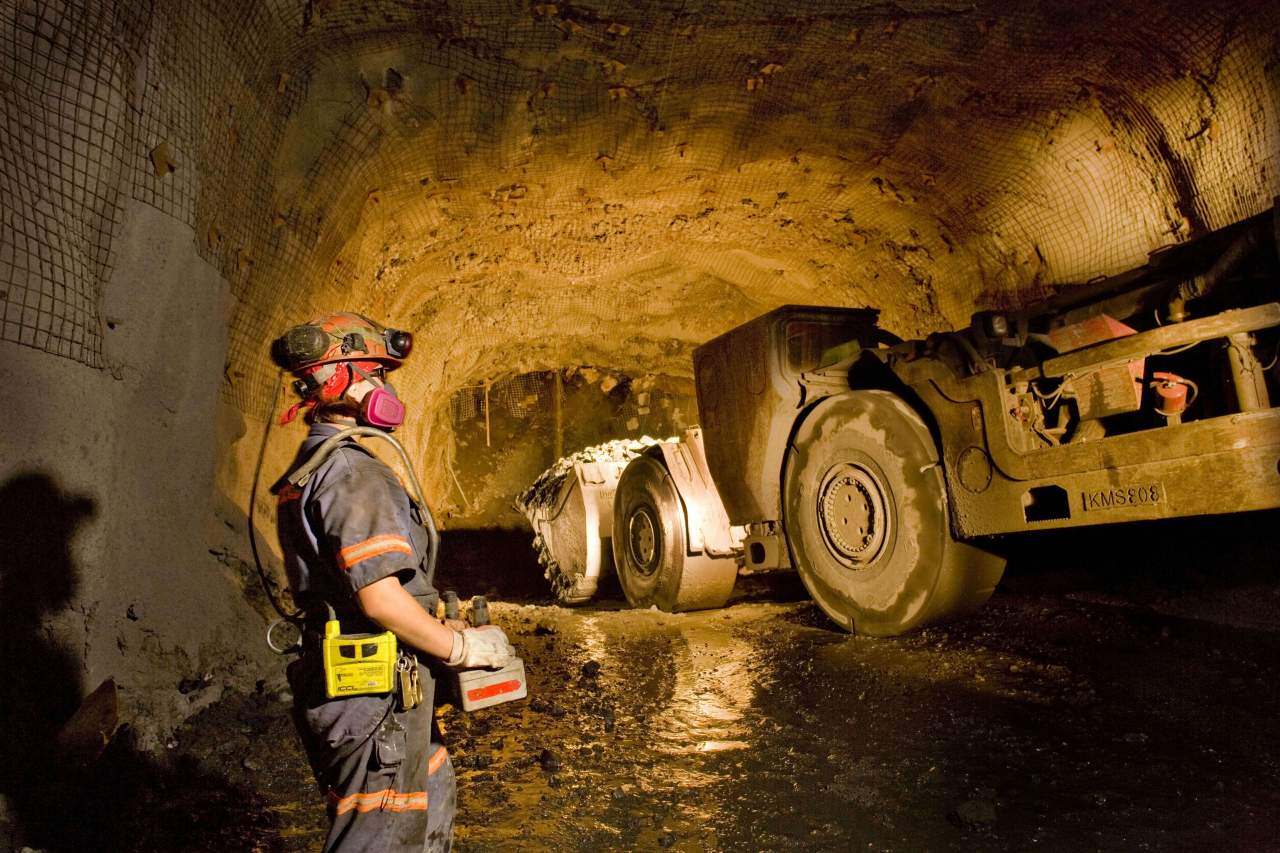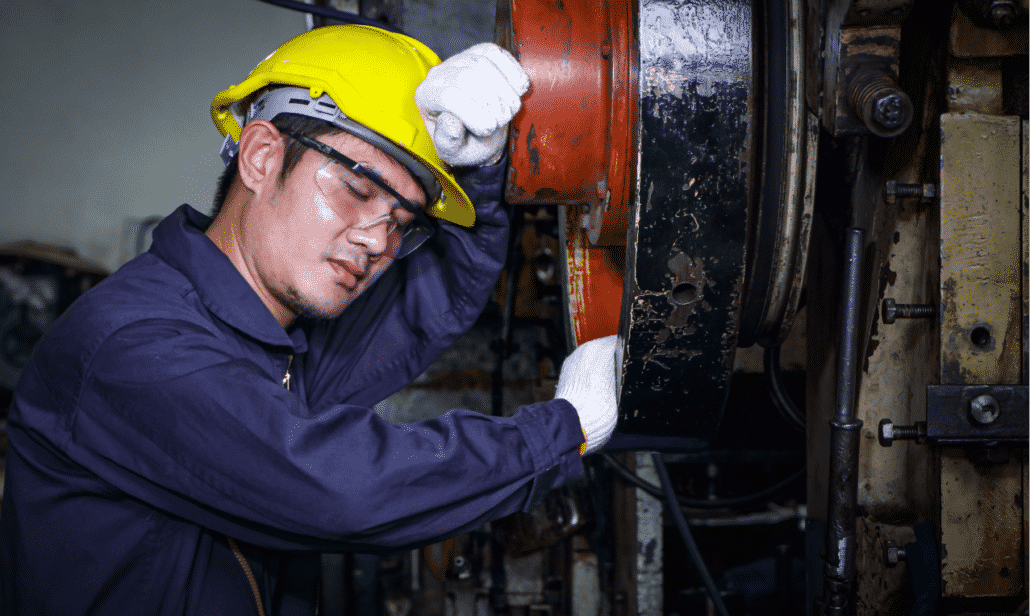Fatigue is an ever-present challenge in the mining industry, with far-reaching implications for safety, productivity, and the well-being of workers.
As mining operations continuously strive to improve their fatigue management practices, the focus is increasingly on the benefits of proactive, predictive fatigue management solutions like Fatigue Science’s Readi, alongside more traditional reactive technologies such as in-cab cameras like Hexagon and Caterpillar DSS.
In this article, we will explore the differences between reactive and proactive approaches to fatigue management, examining their respective strengths and discussing how they can complement each other to maximize safety and efficiency in mining operations.
Reactive Fatigue Management: In-Cab Cameras
Reactive fatigue management technologies such as in-cab cameras monitor operators for signs of fatigue, alerting them and their supervisors when fatigue-related risks are detected. These systems serve a crucial role in identifying and addressing fatigue risks in real-time, helping to prevent accidents and ensure worker safety.
Benefits:
- Real-time monitoring and alerts for fatigue events
- Provides immediate feedback to operators
- Can contribute to a culture of safety and awareness
Challenges:
- Only flags fatigue after it has already become a critical risk
- Hard to implement countermeasures once risk arises
- Can be disruptive to operations, with necessity to stop a truck
- Significant amount of false alarms
Predictive Fatigue Management: Predictive Technologies like Readi
Predictive fatigue management solutions, such as Fatigue Science’s Readi, leverage new technology to anticipate fatigue risks before they occur – enabling proactive mitigations.
Using Machine Learning and scientifically-validated biomathematical models, Readi can accurately predict an operator’s fatigue levels for each hour of their shift, allowing supervisors to proactively assign targeted rest brakes, and occasionally re-assign critical tasks to less fatigued operators in cases of exceptional fatigue.
Importantly, fatigue information is tailored to the needs of busy shift supervisors, prepared as an alert that is sent to each supervisor’s phone at the start of a shift. The alert flags any critically fatigued operators on their crew, as well as any who are predicted to become critically fatigue later in the same shift.
Benefits:
- Anticipates and mitigates fatigue risks before they become a problem
- Allows for targeted countermeasures – with sufficient advance notice to implement
- Encourages a proactive approach to fatigue management and safety culture based on real data and measurement
Challenges:
- Requires integration with existing operational workflows and systems
- May necessitate a shift in organizational mindset from reactive to proactive safety practices
Complementary Approaches for Optimal Fatigue Management
While reactive and proactive fatigue management technologies each have their own merits, many mining firms find great benefit in their combined use.
By integrating both approaches, mining operations can benefit from the “last resort” detection provided by in-cab cameras, while also leveraging the predictive insights of solutions like Readi to proactively manage fatigue risks and optimize safety and productivity.
There is also a growing body of evidence that predictive technology can actually materially reduce false alarms that occur from the use of in-cab cameras, helping to differentiate true fatigue from a faulty camera reading by essentially providing a “second source of data.”
In fact, a recent study involving over 2.1 million work hours at three major mine sites in Mexico and Peru demonstrated the effectiveness of the Readi platform in predicting the likelihood of an operator’s camera-recorded microsleeps.
The research found that the Readi platform was able to reliably predict when an operator would have a 12x higher likelihood of microsleeps later in that shift. This groundbreaking study confirms the value of using predictive fatigue management technology in day-to-day operations, both for proactive measures and for enhancing the value of existing investments in camera systems.
Growing Widespread Acceptance of Predictive Fatigue Technology
Recently, predictive technology has been gaining widespread acceptance and recognition, and this is true for fatigue management as well.
In September 2022, the US National Safety Council recognized Readi, by Fatigue Science, as the pioneer of predictive fatigue management as a best practice, awarding it the prestigious Green Cross Safety Innovation Award.
By using Readi alongside reactive technologies like in-cab cameras, mining operations can create a comprehensive fatigue management strategy that enhances safety, efficiency, and overall operational performance.
Embracing Predictive Fatigue Management with Fatigue Science’s Readi
As the mining industry continues to evolve, so too must its approach to fatigue management. By embracing the power of predictive fatigue management through technologies like Readi, mining operations can complement existing reactive safety measures to create a more comprehensive, proactive approach to managing fatigue risks.





